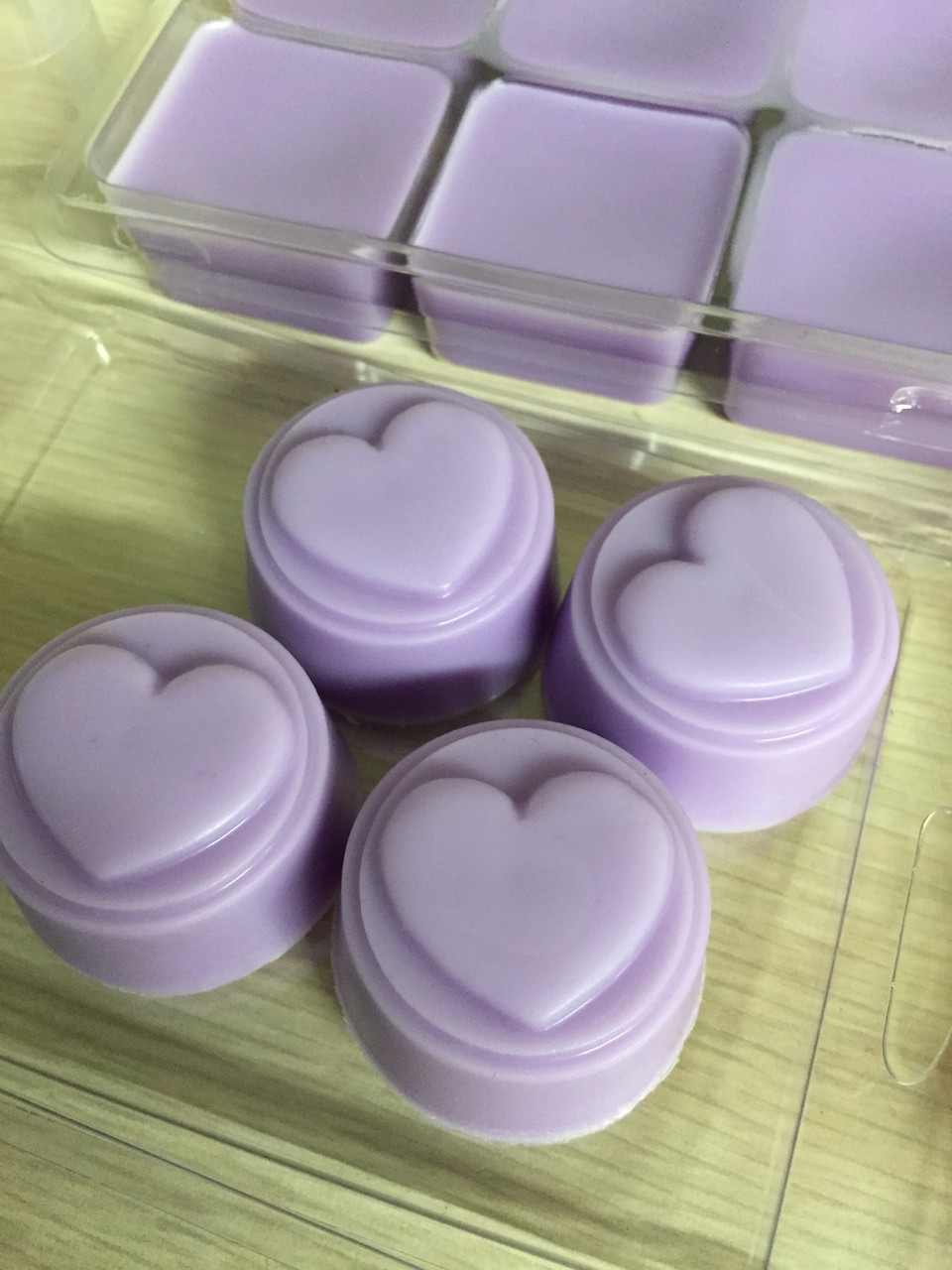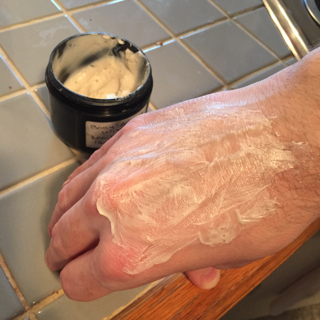A slightly more in depth look at emulsification (updated)
In anticipation of a series of posts on the HLB system and lotions, here’s a post on emulsification. I know I’ve covered emulsions in the past, but I wanted to expand it a little bit here. What exactly is an emulsion? For the purposes of this discussion, I’m going to work with the oil-in-water lotion,...


